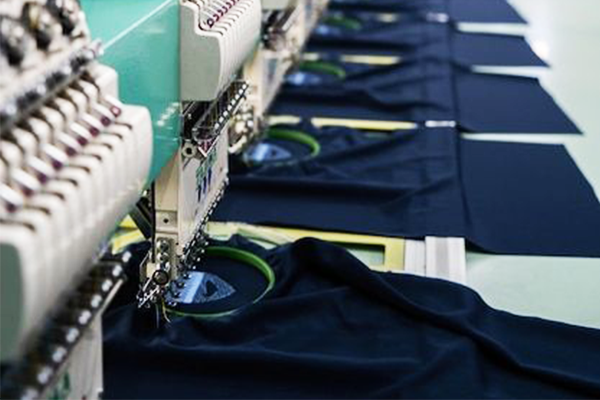
Embroidery is the art of decorating fabric using thread and needles. The embroidery process involves several steps which are generally carried out manually or with the help of an embroidery machine. The following is an explanation of the embroidery process in general:
1. Design Preparation:
The first process in embroidery is design preparation. Designs are usually created first on paper or on a computer using specialized embroidery graphic design software.
2. Fabric Stabilization:
Before starting embroidery, the fabric needs to be stabilized using a material called "stabilizer" or "interfacing". This helps prevent the fabric from becoming too loose during the embroidery process.
3. Fabric Installation:
The fabric is then mounted on an embroidery tool, either an embroidery machine or a manual embroidery ring. The fabric should be placed neatly and securely to ensure that the embroidery design will be done well.
4. Yarn Selection:
Embroidery thread that suits the design is selected. The color and type of thread are important factors in getting the desired final result.
5. Needle Installation:
Needles appropriate to the type of fabric and thread are used on embroidery machines. This needle will help penetrate the fabric and create the desired stitch.
6. Machine Program (if using a machine):
If using an embroidery machine, the pre-prepared design is imported into the machine. Machine settings such as speed and thread tension are adjusted.
7. Start the Embroidery Process:
The embroidery process begins. A machine or manual seamstress will carry out the design, sewing threads onto the fabric according to a predetermined pattern.
8. Monitoring and Resolution:
During the process, the operator must monitor the machine or perform manual sewing to ensure that the embroidery is proceeding as planned. Once complete, the fabric can be taken from the machine and the embroidery results inspected.
9. Finishing:
The embroidery results can then be processed further, such as cutting off excess thread, cleaning any stabilizer that may be left behind, and carrying out other finishing so that the final product looks neat.
The embroidery process can vary greatly depending on the type of design, fabric, and tools used. Although there are modern embroidery machines that can make the process easier, manual embroidery remains a cherished art.
Share This News